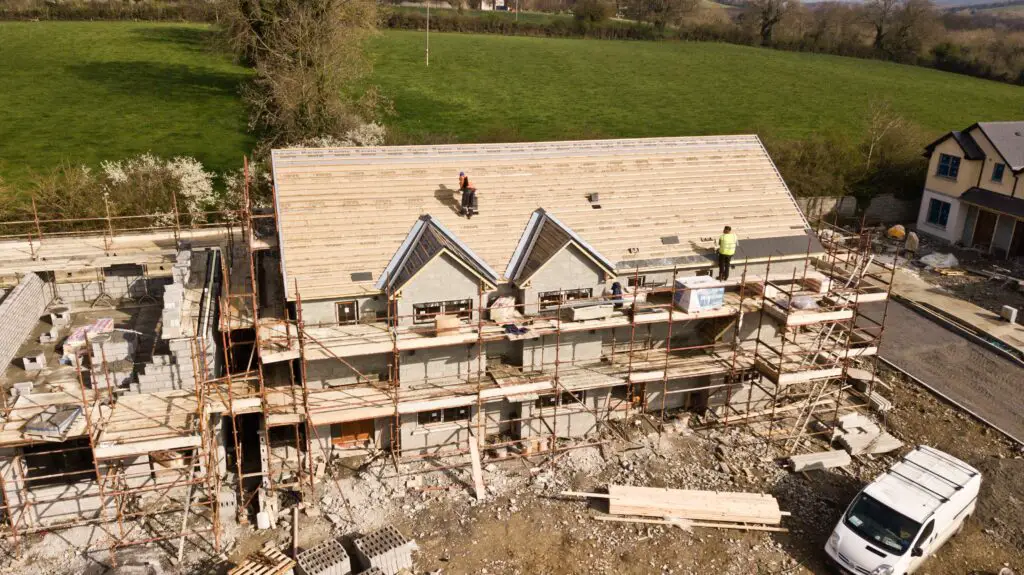Construction is the backbone of modern society, shaping the world we live in. From towering skyscrapers to intricate bridges, the built environment reflects the progress and aspirations of a society. However, with great achievements come great responsibilities.
Ensuring that construction projects meet minimum standards is essential to safeguard the safety of occupants, maintain quality, and promote sustainability.
In this comprehensive article, we will delve into the importance of minimum standards in construction, their significance in various aspects of construction, and the evolving landscape of construction standards.
Section 1: Safety Standards
1.1 Structural Safety
The primary goal of any construction project is to create a safe environment for people to live, work, and play. Structural safety standards are the cornerstone of construction regulations.
They govern the materials used, design criteria, and construction methods to ensure buildings and infrastructure can withstand their intended loads, natural disasters, and the test of time. Failing to meet these standards can lead to catastrophic consequences, including collapses, injuries, or loss of life.
1.2 Fire Safety
Fire safety standards address the prevention, detection, and suppression of fires within buildings. These standards mandate the installation of fire-resistant materials, fire alarms, sprinkler systems, and escape routes.
Adhering to fire safety standards is vital to protect occupants and limit property damage in the event of a fire.
1.3 Electrical and Mechanical Safety
Modern buildings rely heavily on electrical and mechanical systems. Minimum standards for these systems ensure they are installed and maintained in a way that minimizes electrical hazards, prevents equipment failures, and maximizes energy efficiency.
Electrical and mechanical safety standards also play a significant role in reducing the risk of electrical fires and other accidents.
Section 2: Quality Standards
2.1 Material Quality
Construction projects must adhere to strict material quality standards. These standards dictate the use of durable, safe, and environmentally friendly materials.
Compliance with these standards ensures that structures remain functional and aesthetically pleasing over time, reducing maintenance costs and minimizing environmental impact.
2.2 Workmanship Standards
The quality of workmanship directly affects the overall quality of a construction project. Standards for workmanship cover various aspects, including concrete curing, welding, plumbing, and finishing.
Ensuring skilled labor and adherence to these standards results in structures that are not only safe but also visually appealing and long-lasting.
2.3 Quality Control and Inspection
Quality control standards govern the processes used to monitor and inspect construction projects. These standards help identify and rectify issues during construction, reducing the likelihood of costly rework or post-construction defects.
Robust quality control measures also contribute to project efficiency and cost-effectiveness.
Section 3: Sustainability Standards
3.1 Environmental Impact
In an era of increasing environmental consciousness, sustainability standards in construction have gained paramount importance. These standards promote the use of eco-friendly materials, energy-efficient designs, and waste reduction practices.
Sustainable construction aims to minimize the environmental footprint of buildings and infrastructure, contributing to a greener future.
3.2 Energy Efficiency
Energy efficiency standards focus on reducing energy consumption in buildings and infrastructure. They encourage the implementation of energy-efficient technologies such as insulation, lighting, HVAC systems, and renewable energy sources.
Meeting these standards not only reduces operational costs but also helps combat climate change.
3.3 Accessibility and Inclusivity
Accessibility standards ensure that construction projects are designed and built to accommodate people with disabilities. These standards encompass ramps, elevators, wide doorways, and other features that enable easy access and usability for all individuals, promoting inclusivity and equal opportunities.
Section 4: Evolving Landscape of Construction Standards
4.1 Technological Advancements
The construction industry is rapidly evolving, with technology playing a pivotal role. Building Information Modeling (BIM), drones, and digital monitoring systems are revolutionizing the way construction projects are planned, executed, and monitored. Minimum standards are adapting to embrace these technologies, enhancing efficiency and accuracy.
4.2 Globalization and Harmonization
In an increasingly globalized world, harmonizing construction standards across borders is becoming crucial. International organizations, such as ISO (International Organization for Standardization), are working to create unified standards that ensure consistency and quality in construction practices worldwide.
Conclusion
Minimum standards in construction are the foundation upon which safe, high-quality, and sustainable built environments are created. They encompass safety, quality, and sustainability aspects, ensuring that construction projects meet the highest standards possible.
As the construction industry continues to evolve, these standards will adapt to incorporate technological advancements and global harmonization efforts, further enhancing the construction process and its outcomes.
Ultimately, adhering to minimum standards in construction is not just a regulatory obligation but a commitment to creating a better, safer, and more sustainable world for future generations.
To see other material construction prices, please see here.
To know other construction guides, tips, and methodology for beginners, veterans, and contractors, please see here.

